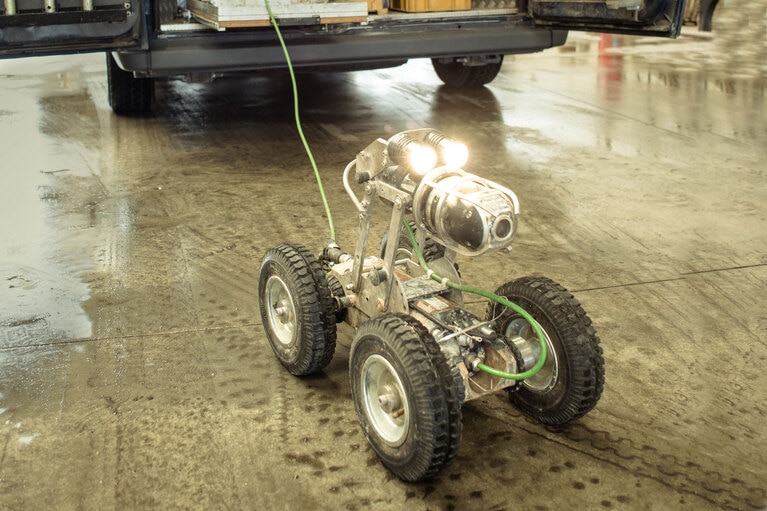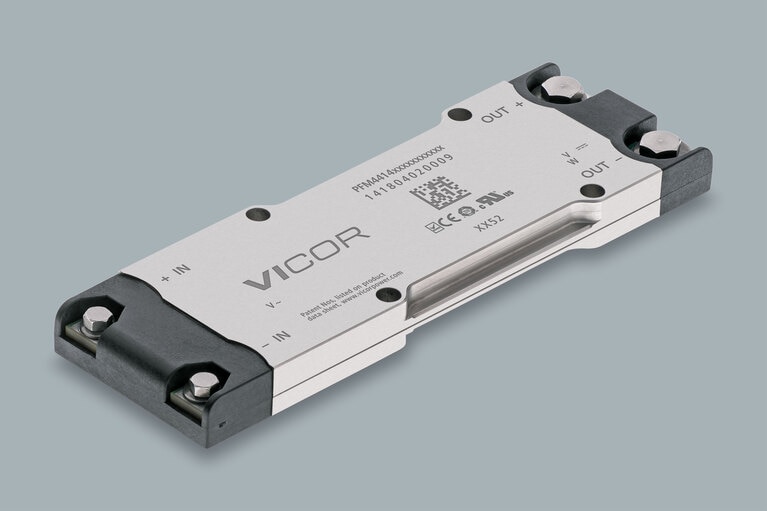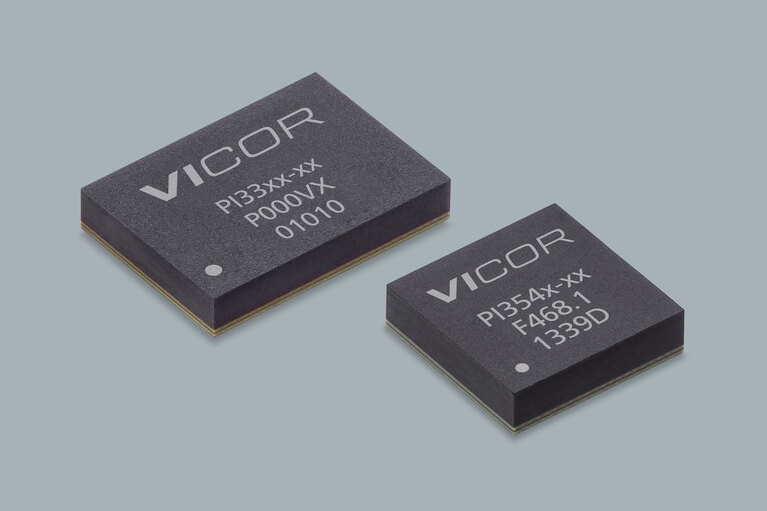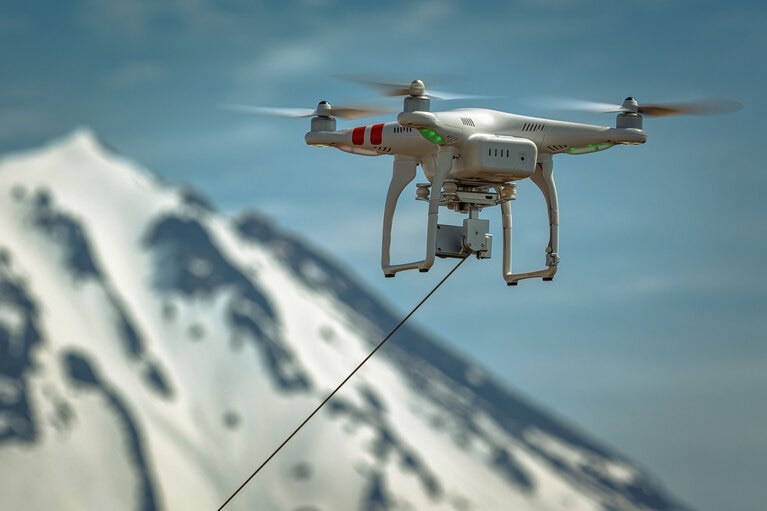
Accelerate your move to a high performance 48V power delivery network
This eBook provides guidance on designing 48V power delivery networks to enhance the performance, efficiency, and reliability of industrial products
Dear vicorpower.com users:
In an effort to improve the Vicor website, we will be conducting maintenance on the site Dec. 29th between 11:30 am and 2pm am EST.
Certain parts of the site may not be available during this time, specifically product pages and family matrices.
We apologize for any inconvenience and thank you for your patience.
– Vicor Web Team
Improved sensors, autonomy, mobility and AI (allowing deep learning) is enabling inspection robots to replace humans, especially in hazardous or confined areas like inside pipelines or in storage tanks. Manufacturers are looking for smaller, more robust solutions with ever improved resolution, repeatability and operating range. This manufacturer of tethered sewer inspection robots was looking to improve the sensor resolution and quality of video images without increasing the size of the platform. The key goals were:
The 48V (SELV) supply to the tether was provided by a PFM AC-DC converter. On board the robot the three rails were provided by three individual regulators.

ZVS buck and buck-boost regulators offered high power density and low weight (0.8g)

Low noise ZVS topology minimized filtering required

High efficiency (up to 92.5%) reduced heat, increasing reliability in high ambient temperatures
The 48V tether supply was provided by a PFM AC-DC converter. At the robot the low power 5V and 3.3V rails were provided by ZVS Buck regulators. The higher power 12V motor supply rail was provided by an array of three ZVS Buck-Boost converters that compensated for large voltage drops in the 600m tether. To analyze this power chain go to the Vicor Whiteboard online tool.

絶縁 レギュレータ
入力電圧: 85 – 264V
出力電圧: 24V or 48V
出力電力: 最大400W
ピーク効率: 92%
110.55 x 35.54 x 9.40mm
非絶縁 レギュレータ
入力電圧: 12V (8 – 18V), 24V (8 – 42V), 48V (30 – 60V)
出力電圧: 2.2-16V
出力電流: 最大22A
ピーク効率: 98%
10.0 x 10.0 x 2.56mm 他
Accelerate your move to a high performance 48V power delivery network
This eBook provides guidance on designing 48V power delivery networks to enhance the performance, efficiency, and reliability of industrial products
Build better UAVs using modular power
Power Delivery Networks (PDN) based on Vicor high performance power modules enable innovative designs for the next generation of UAV development
High-efficiency, high-density modules free up space for advanced communications and extend range
High-efficiency class of UAV depend on solar power to meet its long flight time requirements
High-density, high-power modules enable lighter, safer, lower cost tether cables to extend missions
This class of unmanned vehicle is powered and controlled via a tether from a ground-based power source assisting in extended missions





